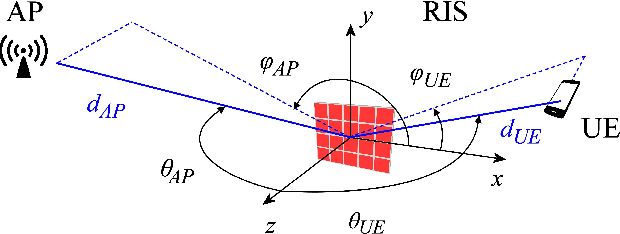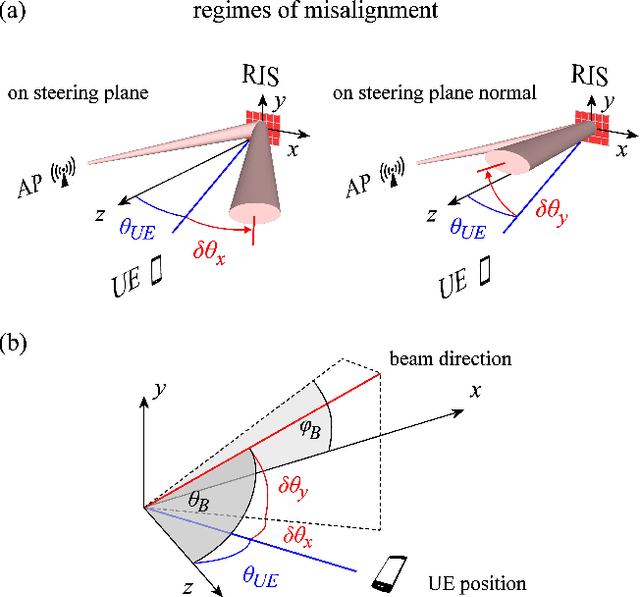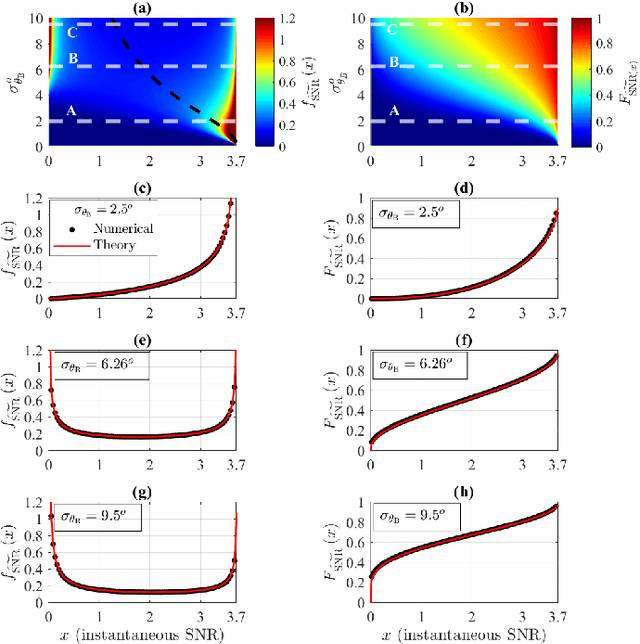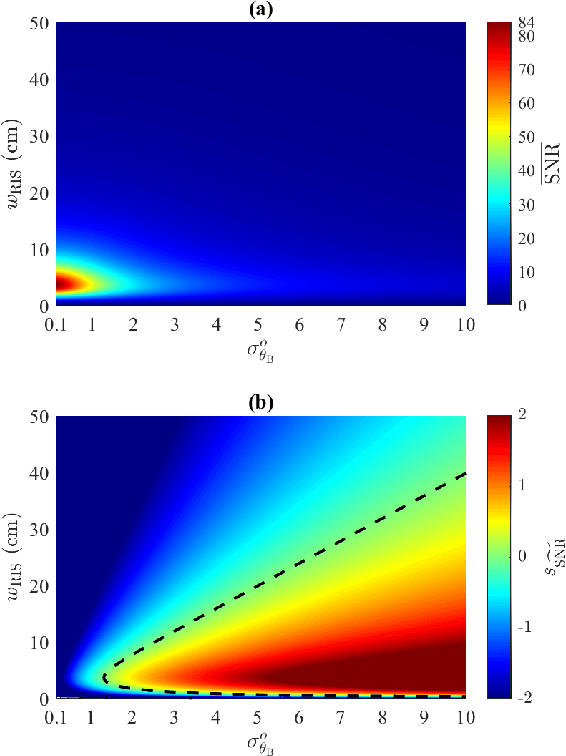Analytical characterization of RIS-aided terahertz links in the presence of beam misalignment
Paper and Code
Dec 12, 2022



The terahertz (THz) frequency band has recently attracted considerable attention in wireless communications as potential candidate for providing the necessary high bandwidth for demanding applications. With increasing frequency, however, the communication link becomes more vulnerable to blockage and pathloss increases. While both effects can be mitigated with the judicious utilization of directional beams and Reconfigurable Intelligent Surfaces (RISs), high directivity could potentially increase the probability of undesired misalignment between the beam that is steered by the RIS, and the user. It is therefore crucial to characterize and understand the stochastic behavior of misalignment in RIS-aided THz links. In this work, beam misalignment in RIS-aided links is studied theoretically and analytical models are derived, the validity of which is verified through numerical calculations. It is demonstrated that there is a distinction in the stochastic behavior of misalignment between pointing errors that occur on the steering plane or normally to the steering plane, with direct consequences on the link robustness on misalignment. The analytical models capture the impact of misalignment under these qualitatively different conditions and provide the necessary tools for assessing the stochastic RIS performance with respect to crucial link parameters, such as the transmitter's beam width, the transmitter-RIS distance, the RIS-receiver distance, and the steering angle of the RIS.
 Add to Chrome
Add to Chrome Add to Firefox
Add to Firefox Add to Edge
Add to Edge